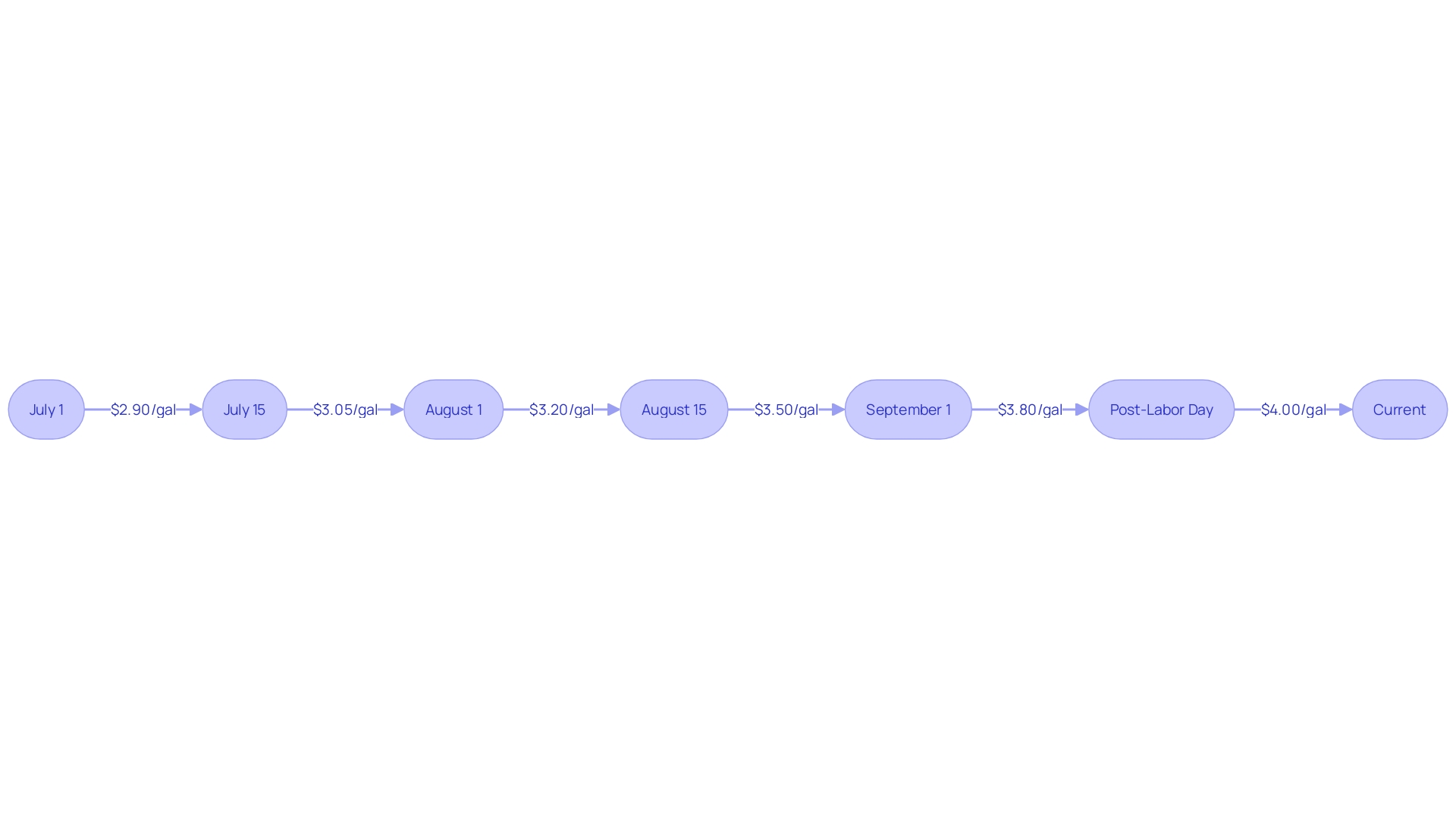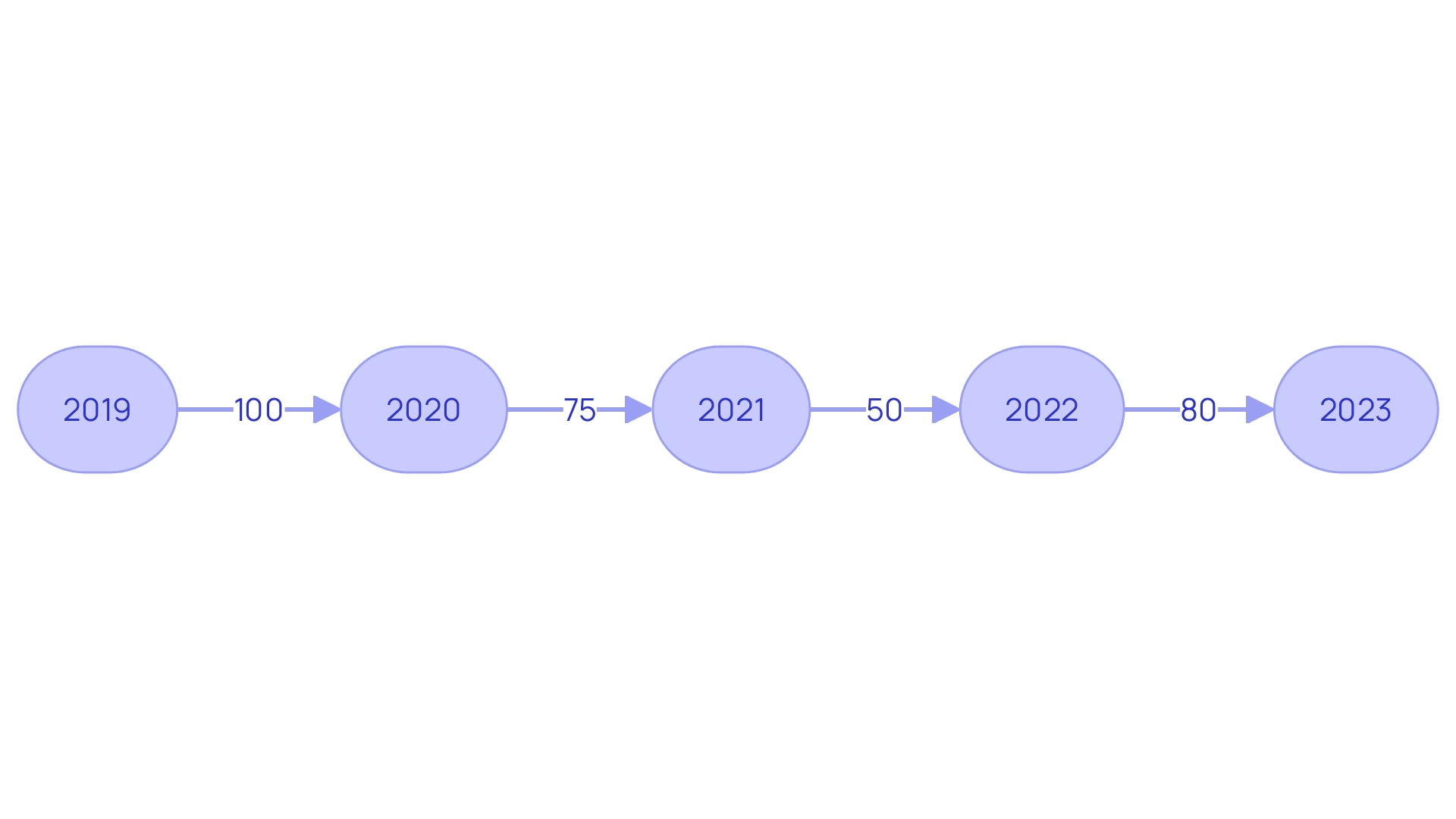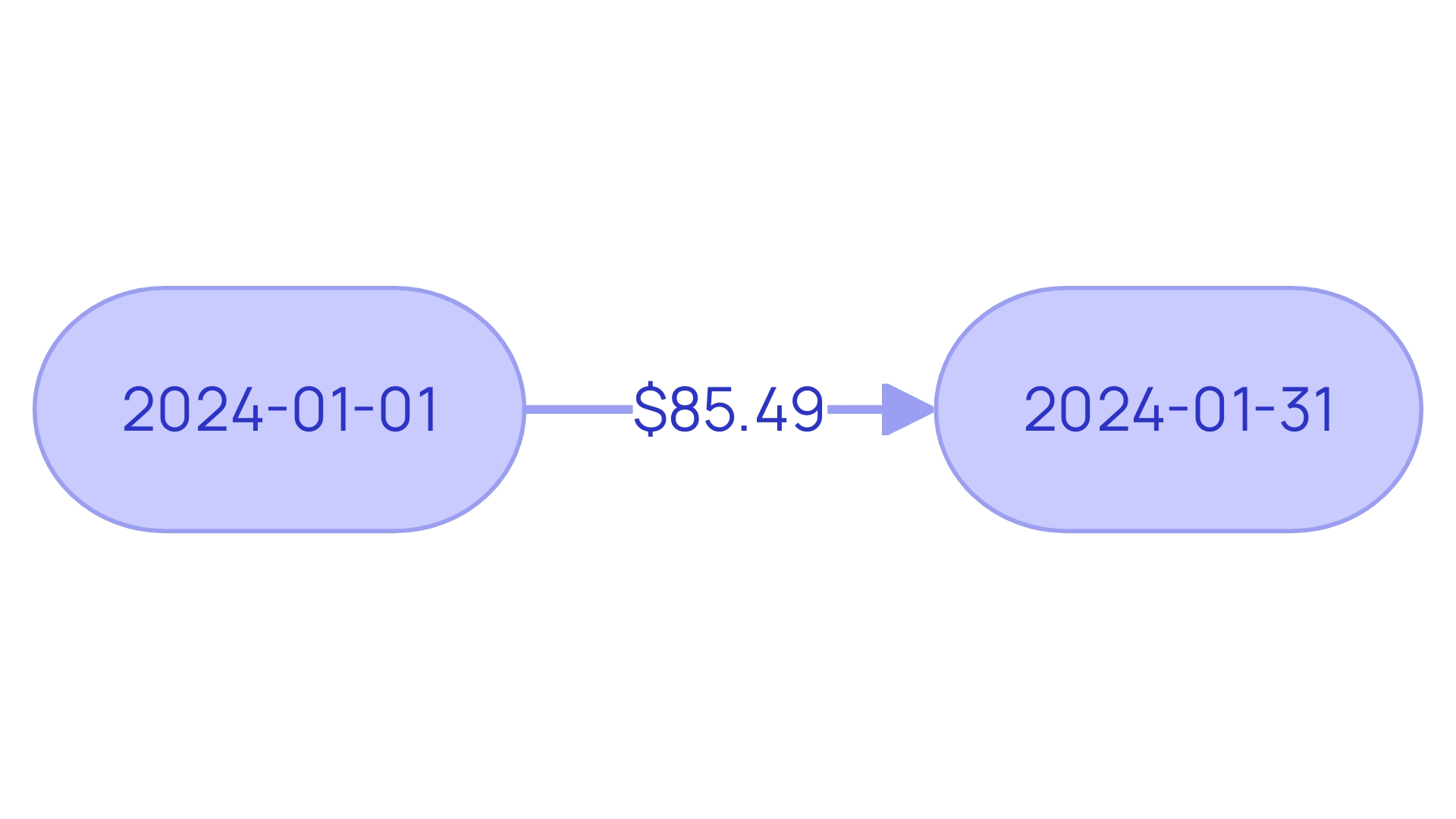Introduction
The landscape of aviation fuel economics is in constant flux, with fuel costs playing a crucial role in the profitability and operational strategies of airlines. Recent increases in oil prices, driven by production cuts from Saudi Arabia and Russia, have pushed jet fuel costs higher. This uptrend has significant implications for the aviation industry, as fuel expenses comprise a major portion of airline operational costs.
Major U.S. airlines have already experienced a surge in jet fuel prices, putting pressure on them to revise revenue forecasts and consider strategies such as fuel hedging or increasing flight prices to maintain profitability. Moreover, the financial health of the airline industry can be gauged by indicators like the U.S. Global Jets ETF, which reflects broader economic factors influencing consumer and business travel behavior.
Despite the challenges, the International Air Transport Association (IATA) predicts strengthened profitability for airlines in 2023, with a rebound in passenger numbers suggesting a return to pre-pandemic levels. Understanding the dynamics of fuel costs is crucial for stakeholders in the aviation sector to navigate the ever-evolving landscape and ensure the viability of their operations.
Current Fuel Prices for U.S. Airlines
The landscape of aviation fuel economics is in constant flux, influenced by a myriad of factors including geopolitical events, market dynamics, and oil production levels. Recent increases in oil prices have pushed jet fuel costs higher, with Brent International and West Texas Intermediate crude oil closing at $90.04 and $86.69 per barrel, respectively. These hikes are attributed to production cuts by Saudi Arabia and Russia, on top of OPEC+ reductions.
This uptrend in fuel costs, after a period of lower prices that benefited airlines, has significant implications for the aviation industry.
Fuel expenses, comprising a major portion of airline operational costs, are closely tied to profitability and ticket pricing strategies. For instance, major U.S. airlines have experienced a surge in jet fuel prices post-Labor Day, with averages reaching $3.18 per gallon, a more than 30% increase since early July. These costs put pressure on airlines to revise their revenue forecasts and consider strategies such as fuel hedging or increasing flight prices to maintain profitability.
Moreover, the airline industry's financial health can be gauged by indicators like the U.S. Global Jets ETF, which recently showed an 11.28% decline over the past month. This ETF, encapsulating the performance of major players like Delta, American, Southwest, and United, reflects broader economic factors that influence consumer and business travel behavior.
In light of these challenges, the International Air Transport Association (IATA) predicts strengthened profitability for airlines in 2023, with net profit margins expected to reach 2.7%. However, this forecast still falls below the cost of capital, indicating varied financial performance across regions. Despite the hurdles, the silver lining remains an increase in passenger numbers, suggesting a rebound toward pre-pandemic levels.

Regional Variations in General Aviation Fuel Prices
The landscape of general aviation fuel costs is deeply nuanced, with regional variations influenced by a multitude of factors. In areas like the Great Lakes and Rocky Mountain regions, initiatives for sustainable aviation fuels are gaining traction. These endeavors suggest a forward-thinking approach but also contribute to the cost structure of aviation fuel.
Notably, environmental compliance—particularly in areas mandating reformulated gasoline with additives to lower emissions—adds layers of complexity and expense to fuel production, storage, and distribution.
Retail competition and operational costs further diversify fuel prices, with fewer fuel stations often correlating with higher prices. Moreover, the intricacies of local market dynamics come into play. For instance, differing traffic patterns, rent, and supply sources can lead to price disparities even among closely situated stations.
The aviation industry is not immune to the influences of broader economic events. Major U.S. airlines have recently highlighted spikes in jet fuel prices, which have seen averages climb to $3.18 a gallon in major hubs post-Labor Day, a significant rise from earlier in the summer. Such increases represent a critical concern for operational costs in general aviation.
The synthesis of these factors results in a complex web of regional fuel price determinants, impacting everyone from private pilots to flight schools and small aircraft owners. Understanding these influences is vital for stakeholders in the aviation sector to navigate the ever-evolving landscape of fuel costs and maintain the viability of their operations.
Fuel Consumption Rates by Aircraft Type
The fuel efficiency of different aircraft types is a critical factor influencing their operating expenses. Notably, commercial airliners, private jets, and general aviation aircraft each demonstrate distinct fuel consumption patterns. For instance, the adoption of a single-aircraft fleet strategy has been shown to minimize airline costs, as it reduces the complexities associated with training and maintenance for varying aircraft types and engine models.
A compelling example of this is Ryanair, which has benefited from a single-aircraft fleet policy since 1994, contributing to the airline's operational efficiency. Conversely, United Airlines' success is partly due to its diverse fleet, providing the flexibility to serve a vast network of 346 destinations globally. These strategies highlight the importance of aircraft selection in managing fuel-related expenditures.
In addition to operational strategies, advancements in sustainable aviation fuels (SAF) are paving the way for a greener future in aviation. The groundbreaking transatlantic flight powered solely by alternative fuels showcases the industry's potential for eco-friendly operations. Despite current limitations in SAF production and higher costs compared to kerosene, these initiatives are essential steps towards a more sustainable aviation sector.
The industry's movement towards SAF-capable aircraft by 2030 further emphasizes the evolving landscape of fuel consumption and its implications for the economics of aviation fuel.

Private Jet Fuel Costs and Consumption
Amidst rising concerns about climate change, the aviation industry's carbon footprint is increasingly under scrutiny. With private jets being a symbol of luxury and exclusivity, their environmental impact is a subject of critical analysis. The Cessna Citation Excel, a popular model among private aircraft, exemplifies this point.
Consuming an average of 225 gallons of fuel per hour, its operation results in approximately 2.2 metric tons of CO2 emissions per hour, a figure that demands attention in discussions about sustainable aviation.
The environmental considerations of private jet usage come to the fore as the aviation sector seeks to reconcile with the global push towards emission reduction. Jetex's environmental strategy, which includes reducing carbon emissions and adopting green technologies, aligns with the wider industry goal of achieving net-zero emissions by 2050. This initiative highlights the importance of emissions elimination, offsetting, and carbon capture technologies.
Moreover, the private aviation sector has experienced a notable rebound and growth post-pandemic, with a 30% year-on-year increase in business jet flights in 2021. This resurgence reflects the industry's adaptability and the shift in travel preferences among those who can afford the luxury of private jets. With the Federal Aviation Administration reporting a surge in private jet activity, questions arise about the dichotomy between the increasing demand for private air travel and the urgent need for environmental stewardship.
Historical Trends in Aviation Fuel Prices
Aviation fuel prices have seen significant shifts over recent years, influenced by a myriad of factors. Notably, the recent upswing in oil prices, with Brent International peaking at $90.04 per barrel, and West Texas Intermediate at $86.69, was triggered by production cuts from Saudi Arabia and a reduction in Russian exports. These adjustments follow OPEC+ agreements, underscoring the complex interplay of geopolitical actions on fuel costs.
Concurrently, sustainable aviation fuel (SAF) has gained prominence as a method to reduce emissions, with regions like the Great Lakes and Rocky Mountains exploring its potential. Despite these advances, U.S. jet fuel consumption in 2023 averaged 1.65 million barrels per day, still 5% below the pre-pandemic peak in 2019. This trend is attributed to a combination of factors: the slow recovery from the pandemic-induced travel decline, labor supply issues, and heightened fuel efficiency in the commercial fleet.
Understanding these dynamics is essential for forecasting the future of aviation fuel prices and the industry's transition towards sustainability.

Factors Influencing Fuel Costs
The aviation industry's fuel costs hinge on an intricate interplay of factors ranging from oil market fluctuations to geopolitical circumstances. Recent trends have shown Brent International oil prices reaching $90.04 per barrel, a significant rise attributed to cuts in production by major players like Saudi Arabia and Russia, alongside OPEC+ reductions. The World Bank noted that after a high of $94/bbl in September, oil prices dropped to an average of $78/bbl in December, influenced by various elements such as global economic activity, record U.S. output, and the political landscape in oil-producing regions.
Geopolitical events continue to leave their mark on fuel costs, with the price of West Texas Intermediate (WTI) crude oil adjusting to production cuts and geopolitical tensions. According to the International Energy Agency, the global demand for oil is forecasted to surge, underscoring the delicate balance of supply and demand that dictates pricing. The U.S. Secretary of State's involvement in international conflicts, diminishing demand in China, and OPEC's output decisions further contribute to price volatility.
Regulatory policies also play a crucial role. For instance, the U.S. government's purchase of oil to replenish its Strategic Petroleum Reserve reflects a strategic response to supply disruption concerns. This interplay of market dynamics, policy decisions, and global economic conditions underscores the critical need for the aviation sector to adapt to the ever-changing landscape of fuel costs.
Moreover, airlines are bolstering their financial resilience amidst these cost fluctuations. As IATA's Director General Willie Walsh highlighted, the industry is expected to see a significant profit by 2024, despite previous pandemic-induced losses. This financial rebound will enable investments in customer-focused products and sustainability initiatives necessary for achieving net-zero carbon emissions by 2050.
Fuel costs remain a critical concern for the aviation sector. With the global economy projected to grow and air travel demand increasing, the importance of strategic fuel cost management and understanding the interrelated factors affecting prices cannot be overstated. As the industry navigates these challenges, it continues to play an indispensable role in driving global trade and connectivity.

Impact of Fuel Costs on Aviation Industry
As airlines navigate the complexities of the aviation industry in 2023, fuel costs have become an increasingly critical factor. Recent trends have shown major U.S. airlines grappling with a sharp rise in jet fuel prices, which climbed to an average of $3.18 a gallon post-Labor Day, marking a spike of over 30% since early July as reported by Airlines for America. This surge in fuel prices, combined with significant labor costs, poses a challenge, particularly during peak travel seasons when competition to retain affordable ticket prices intensifies.
Jet fuel costs at major airports hit $3.42 a gallon, a 38% jump from two months prior, with American Airlines revising its earnings forecast in the wake of these escalating expenses. The financial strain is further exacerbated by new labor agreements, exemplified by American's $230 million expenditure for a pilot contract featuring immediate 21% salary increases.
Despite strong travel demand, as evidenced by record revenue during the Labor Day weekend, the industry's recovery from the pandemic-induced downturn remains uneven. U.S. jet fuel consumption, averaging 1.65 million barrels per day (b/d), lags 5% behind pre-pandemic peaks. This is due to various factors including a reduction in flights by foreign-based carriers, a dip in freight activity, and improved fuel efficiency within the commercial fleet.
Moreover, global oil production cuts, notably by key players such as Saudi Arabia and Russia, have significantly influenced the market, propelling oil prices upward by 25% since June. This has brought Brent International and West Texas Intermediate Crude to $90.04 and $86.69 per barrel respectively, with further increases anticipated.
The aviation industry, therefore, finds itself at a crossroads where airlines must balance profitability with fuel cost volatility. The sector's financial health, as highlighted by IATA's projection of a $30.5 billion net profit in 2024, is testament to its resilience and the unwavering demand for air travel, which is expected to see five billion passengers that year. Nevertheless, the recent decline from 42 to 30 total accidents in 2023 underscores the industry's commitment to safety amidst these financial challenges.

Conclusion
The aviation industry faces ongoing challenges with fluctuating fuel costs, influenced by factors such as oil prices, geopolitical events, and market dynamics. Recent increases in oil prices have put pressure on airlines to revise revenue forecasts and consider strategies like fuel hedging or increasing flight prices to maintain profitability. Understanding the dynamics of fuel costs is crucial for stakeholders in the aviation sector to navigate the ever-evolving landscape and ensure the viability of their operations.
Major U.S. airlines have experienced a surge in jet fuel prices, impacting their financial health and necessitating adjustments to mitigate the cost burden. The International Air Transport Association (IATA) predicts strengthened profitability for airlines in 2023, with a rebound in passenger numbers indicating a return to pre-pandemic levels. However, challenges remain, and stakeholders must be proactive in managing fuel costs to sustain their operations.
The general aviation sector faces regional variations in fuel prices, influenced by factors such as sustainable aviation fuel initiatives, retail competition, and local market dynamics. Stakeholders need to understand these influences to navigate the complex landscape of fuel costs effectively. Additionally, the fuel efficiency of different aircraft types plays a critical role in operating expenses, highlighting the importance of strategic fleet selection and advancements in sustainable aviation fuels.
Private jet usage is under scrutiny due to environmental concerns, necessitating a balance between increasing demand for private air travel and the industry's commitment to reducing emissions. The aviation industry's transition towards sustainability is essential, and stakeholders must embrace greener practices, including the adoption of sustainable aviation fuels.
In conclusion, navigating the ever-changing landscape of aviation fuel costs is crucial for the financial health and sustainability of the industry. Stakeholders must stay informed about factors influencing fuel prices and implement strategies to manage costs effectively. By embracing sustainability and adopting advancements in fuel efficiency, the aviation industry can contribute to a greener future while maintaining its vital role in global trade and connectivity.




